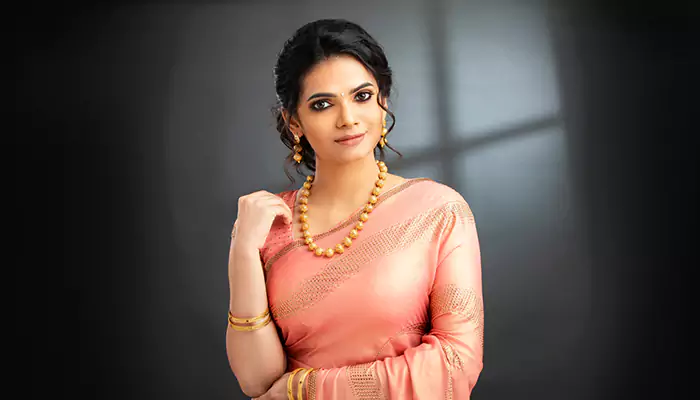Fashion as Self-Expression: How Personal Style Shapes Identity
Fashion, as self-expression, exceeds the confines of tendencies and brand names and represents the continuous and personal dialogue of one's inner self with the outer world.
- Shriparna
- 31 May, 2025
- 2 mins ago

Fashion as Self-Expression: How Personal Style Shapes Identity
Fashion, as self-expression, exceeds the confines of tendencies and brand names and represents the continuous and personal dialogue of one's inner self with the outer world.
Fashion has always been more than just something to wear. It's a way to communicate how one feels, which sends silent messages about one's identity, belief systems, or emotions without even uttering one word. Whether through an odd-shaped accessory, a bright outfit, or their signature style, fashion allows each person to reveal exactly who they are. So, how does personal style define a person and become one of the most impactful outlets for self-expression? Well, it all starts with first impressions.
The saying "first impressions last" is very apt, especially in fashion. What we wear often serves as a visual cue to show the world our personalities, social status, or cultural background. Whether it's a tailored suit exuding professionalism or a retro fit hinting at a soul full of nostalgia, fashion lets us create how others perceive us. That first impression might just mold interpersonal interactions, influencing how we are perceived and understood by people around us.
While this may be no more than a daily routine for some, in others it will be a matter of conscious decision between inner values and personalities. Outwardly boisterous and energetic, a person who loves bright colours is perceived, while others that look towards minimalist styles are taken to be more subdued or sophisticated. Many of our choices about what we wear on a daily basis describe who we are and what we stand for.
A reflection of cultural and social identity.
Fashion works in conjunction with being a mirror for cultural and social identification, a sort of fusion whereby one connects their personal identity with those in the community. Traditional garments are emblematic of cultural heritage. By putting them on, individuals are able to connect with their ancestors and, simultaneously, they speak of identity. Fashion helps people around the world-from Japanese kimonos to Indian sarees-stay in touch with their roots, even in modern, globalized societies.
Fashion gives voice to subcultures. Punk, goth, and hip-hop are some of the movements which have evolved and defined styles to visually represent ideals and belief systems. To the punk rocker, goth, or hip-hop devotee, fashion is less about an aesthetic decision than a living expression of rebellion, belonging, or counterculture expression.

Fashion as a Canvas for Creativity
Fashion is an art to many-a blank canvas waiting to be filled with color, texture, and imagination. Personal style is all about experimentation and taking risks by mixing elements in a way that feels true to them. This creative form of fashion offers a sense of freedom because of the fact that there are no rules saying how someone should dress. It's a world where individuality can be very well considered and where norms can be changed.
Fashion-conscious individuals often combine designer items with second-hand store bargains to come up with eclectic outfits that belie categorical definitions. The creativity that this method celebrates is certainly one aspect, but at the same time, it espouses sustainability as a way of showing how fashion could both be about personal expression and conscious lifestyle choice at once. Such decisions have the potential to redefine, in personal terms, what constitutes luxury and style.
The Evolution of Personal Style
It is not static; rather, it develops and changes with time, experience, and self-discovery. Quite often, when a career or relationship status change or other personal growth occurs, one's fashion taste also changes. As people grow and change, style does, too, reflecting perhaps new priorities or discarding an old self. This just goes to prove the dynamism of personal expression and those everlasting journeys into finding out who we really are.
Embracing fashion as a mode of self-expression enables the person to build not only his identity but also help others to do so. Every fashion choice has a story-be it in scream or whisper-it's completely yours.









